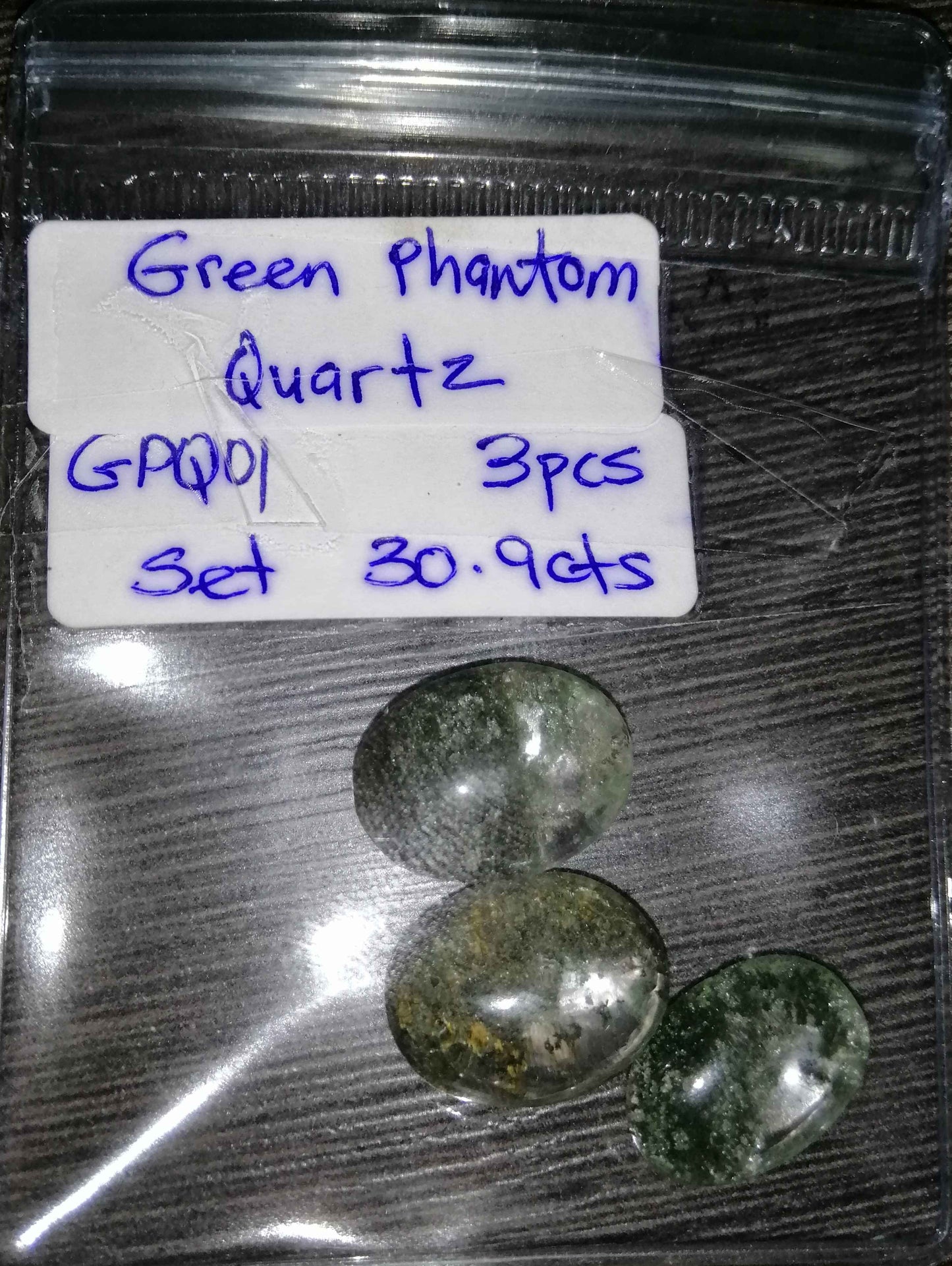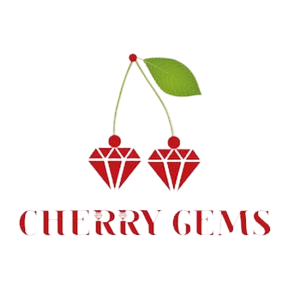1
/
of
2
cherrygemssg
NATURAL GREEN PHANTOM QUARTZ
NATURAL GREEN PHANTOM QUARTZ
Regular price
$50.00 SGD
Regular price
Sale price
$50.00 SGD
Unit price
/
per
Shipping calculated at checkout.
Couldn't load pickup availability
Quartz is a common mineral composed of silicon and oxygen atoms, belonging to the group of tectosilicate minerals. It is one of the most abundant minerals in the Earth's continental crust and is found in various forms and environments. Here are some key points about quartz:
Composition: Quartz has a chemical formula SiO2, which means it consists of one silicon atom bonded with two oxygen atoms. It is a polymorph of silica, meaning it shares the same chemical composition with other minerals like coesite, tridymite, and cristobalite but has a different crystal structure.
Crystal Structure: Quartz has a hexagonal crystal structure, and its crystals often form six-sided prisms terminated with six-sided pyramids. The crystal faces exhibit striations that run parallel to the length of the crystal.
Varieties: Quartz comes in many varieties with different colors and properties. Some well-known varieties of quartz include:
Amethyst: Purple variety of quartz, often used in jewelry.
Citrine: Yellow to orange-brown variety of quartz.
Rose Quartz: Pink to rose-red variety, also popular in jewelry.
Smoky Quartz: Brown to gray-brown variety of quartz.
Milky Quartz: Opaque white variety with a cloudy appearance.
Rock Crystal: Clear and colorless variety, often used in gemstones.
Uses: Quartz has various practical applications due to its unique properties. Some common uses include:
Jewelry: Many gem-quality quartz varieties are used in jewelry and ornamental items.
Geology: Quartz is a significant component of many rocks, such as granite, sandstone, and quartzite. It often forms in hydrothermal veins, igneous rocks, and metamorphic rocks, and it can also be found in sedimentary environments.
Overall, quartz is a versatile and valuable mineral that plays a crucial role in both the natural world and modern technology. Its unique properties make it an essential material in various applications across different industries.
Composition: Quartz has a chemical formula SiO2, which means it consists of one silicon atom bonded with two oxygen atoms. It is a polymorph of silica, meaning it shares the same chemical composition with other minerals like coesite, tridymite, and cristobalite but has a different crystal structure.
Crystal Structure: Quartz has a hexagonal crystal structure, and its crystals often form six-sided prisms terminated with six-sided pyramids. The crystal faces exhibit striations that run parallel to the length of the crystal.
Varieties: Quartz comes in many varieties with different colors and properties. Some well-known varieties of quartz include:
Amethyst: Purple variety of quartz, often used in jewelry.
Citrine: Yellow to orange-brown variety of quartz.
Rose Quartz: Pink to rose-red variety, also popular in jewelry.
Smoky Quartz: Brown to gray-brown variety of quartz.
Milky Quartz: Opaque white variety with a cloudy appearance.
Rock Crystal: Clear and colorless variety, often used in gemstones.
Uses: Quartz has various practical applications due to its unique properties. Some common uses include:
Jewelry: Many gem-quality quartz varieties are used in jewelry and ornamental items.
Geology: Quartz is a significant component of many rocks, such as granite, sandstone, and quartzite. It often forms in hydrothermal veins, igneous rocks, and metamorphic rocks, and it can also be found in sedimentary environments.
Overall, quartz is a versatile and valuable mineral that plays a crucial role in both the natural world and modern technology. Its unique properties make it an essential material in various applications across different industries.
Share




